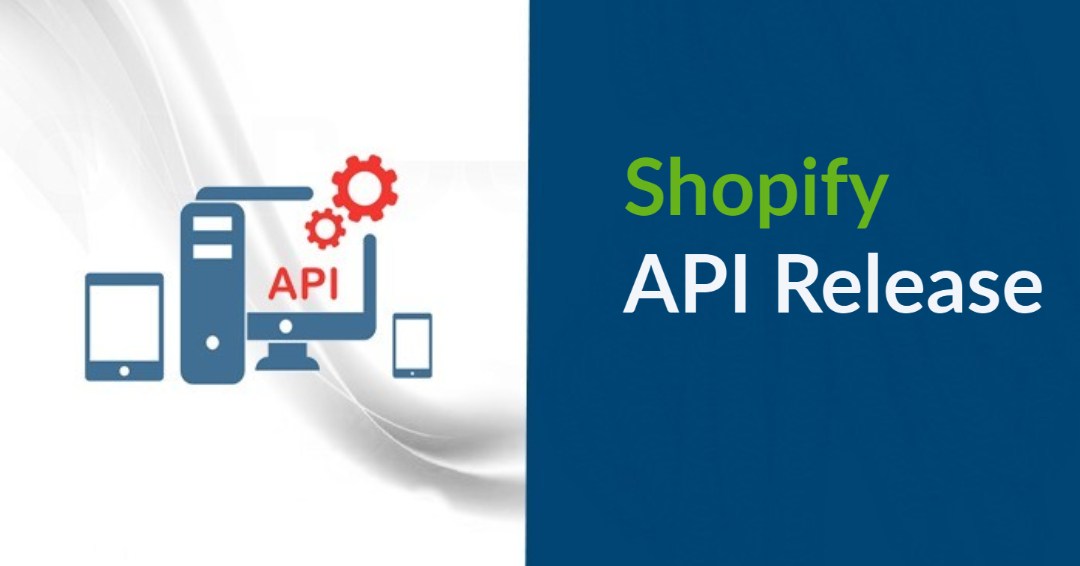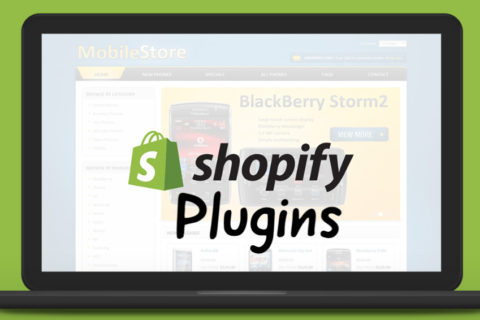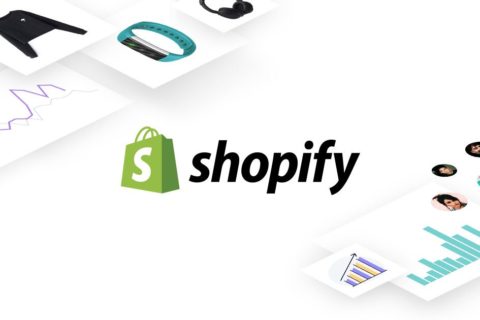Overview
Shopify API features from the January 2021 version is to help you understand how all the latest improvements can enhance your app’s quality and streamline your growth experience.
More than thousands of merchants use Shopify to run their companies. They come in all sizes, all over the globe, and each of them is different. API versioning enables Shopify to constantly update the product by providing feature updates and deprecations to third-party developers. Monitor the Changelog to ensure you are always aware of future API. Shopify released one of it’s most requested features ever in this version, which is native subscription support through Shopify’s new Subscription APIs.
About Shopify API
Shopify provides a suite of APIs that allows developers to expand the built-in functionality of the app. These APIs also enable partners to read and write merchant data, connect with other systems and platforms, and communicate with others. Moreover, they are introducing new features to Shopify.
Requirements of using Shopify API:
- Both APIs are subject to the Shopify API License and Usage Terms.
- All APIs are subject to the rate limits
- All APIs require authentication by developers.
- Upgrade or version some APIs.
Scopes and Permissions of Shopify API:
- Only retailers on premium plans may access those API functions.
- You may need to request those permissions or access scopes depending on the type of app you are building when merchants install your app.
- With a few APIs, you’ll need to request access to Shopify and be approved before you can begin making calls.
Different Type of Shopify API
Admin API:
It is use to read and write information about merchant stores, goods, orders, and more. By using the Admin API, you can build apps that add features to the Shopify admin.
Storefront API:
It is to expand Shopify’s web, tablet, mobile, and gaming shopping experiences beyond Shopify’s built-in sales channels. It also allow developers to work with information about customers and products and to build custom storefronts.
Liquid:
The Liquid template language is being use to create Shopify themes. It is an open-source language in which thousands of other projects use them to integrate dynamic Liquid tags with static HTML.
Ajax API:
With Shopify themes, the Ajax API is also for updating the shopping cart of a buyer without the browser having to be refreshed.
Analytics API:
Access to the Analytics API is provided through the Admin API. This enables you to use a query language called ShopifyQL to obtain detailed store metrics for a merchant.
Deprecated API:
Deprecated APIs are accessible but are unsupported and can stop working at any time.
New Features of Shopify API
This blog will mention about what is present in this version; mainly scheduled fulfillments such as payments and tip totals to encourage prepaid subscriptions, automatic activation of app fees, and more granular financial details on orders and transactions.
Subscription APIs:
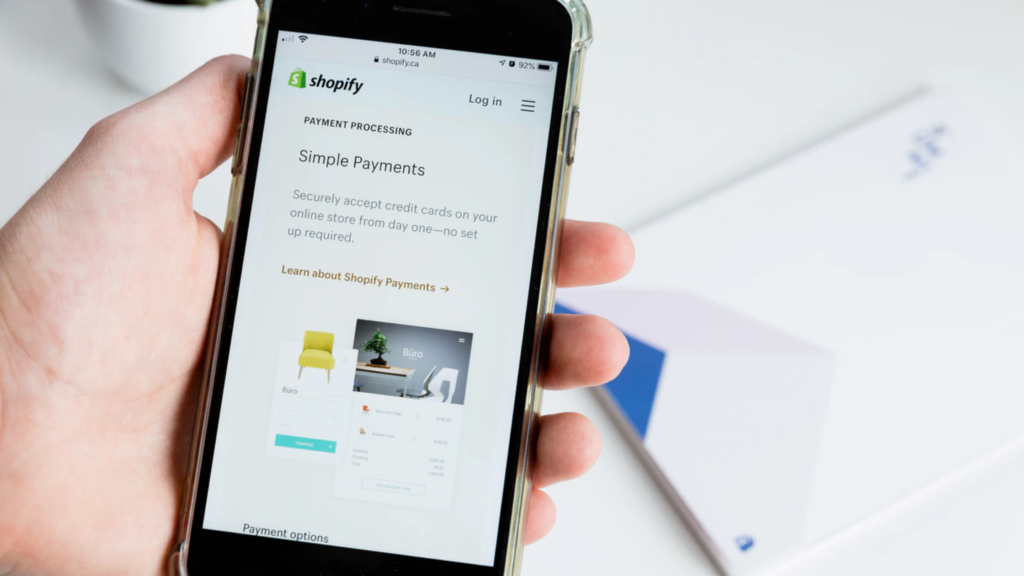
This version includes new APIs designed for Shopify to power subscriptions. These additions allow partners and developers to create applications that integrate natively with checkout. Moreover, they significantly enhance the customer experience of subscription-providing stores. The Subscription APIs are being fully integrate with Shopify across the entire order lifecycle, so it’s simple to have accurate shipping rates. Moreover, they allow for the application of discounts to be put in and then handle and fulfill the Shopify Admin order. In order to help you manage subscriptions on behalf of retailers, Shopify has included some new endpoints and tools.
Selling plans is a versatile resource for groups of goods to set distribution policies and billing policies like subscribe and save. When a customer places an order that involves a selling plan product, developers can handle subscription agreements. This allows quick recurring payments for whatever types of customer payment are available. Subscription contracts, billing attempts for subscriptions, and consumer payment methods will be receiving on your webhook topics So that you will be updated with popular events for subscriptions.
Product Subscription App Extension:
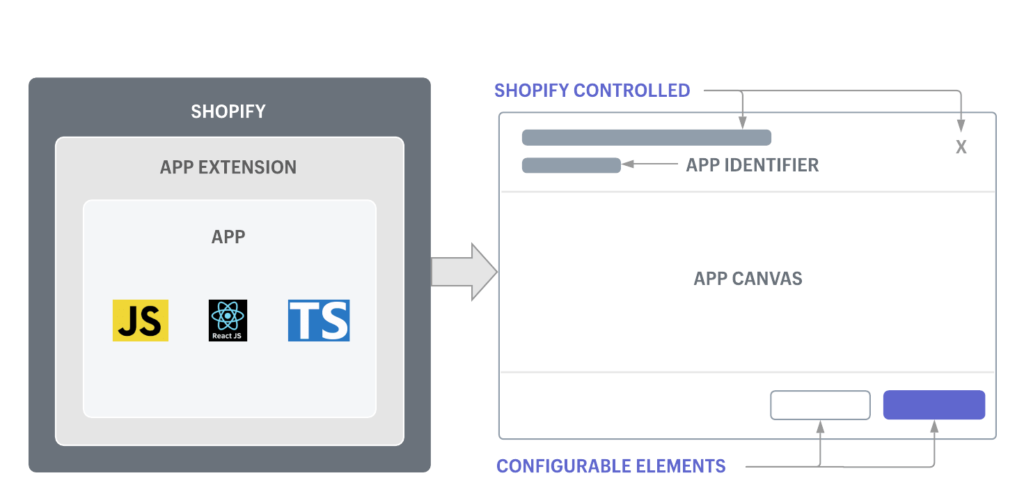
Shopify has launched a new type of software extension that allows app developers to facilitate subscription management directly inside the Shopify Admin. This is to improve the native tool at the root of the latest subscription experience. This new kind of app extension can be brought out using a single command from the Shopify App CLI. The Shopify App CLI fully fit with your Product Subscription App Extension simulator. Hence, this allows you to preview updates in real-time to the scaffolded software extension code.
Installed shops with subscription apps provide a subscription card in the Shopify Admin on the product page. This passes data to the modal driven by the extension code of your published app. This entire exchange occurs between Shopify hosted code, so the extensions of the Product Subscription App are extremely quick.
Scheduled Fulfillments:
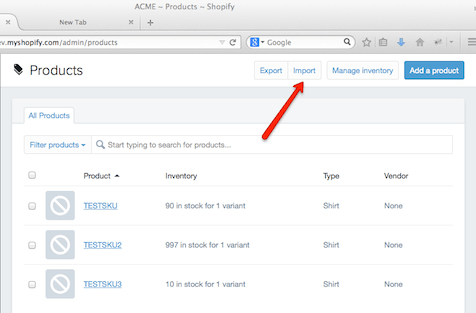
Expected fulfillments are the last subscription-based update to this release. The SCHEDULED status is now assisted by fulfillment orders, which would show up with any orders that require a prepaid subscription. These orders for fulfillment include a fulfillAt date. When it expires, this will turn the SCHEDULED fulfillment order into an OPEN state.
By using the latest FulfillmentOrderReschedule mutation and assigning a FulfillAt date in the future, API clients may also reschedule fulfillment orders to a later date. For prepaid subscriptions, rescheduling a delivery order is incredibly beneficial. This feature is not yet accessible via the Admin UI of Shopify and operate simply by the GraphQL API.
Automatic activation of app charges:
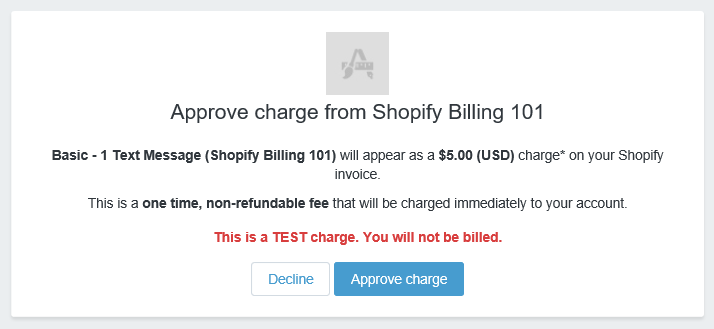
Billing for an app using the REST API in prior versions was a three-step process:
- Phase one: Build a fee for applications.
- Stage two: The dealer accepts or refuses the cost.
- Phase three: Make an API call to trigger the pending approved payment if the charge is accepted.
As of the new update in 2021, apps no longer need to perform the third phase. Accepted application fees are immediately switched to an ‘active’ state. This removes the risk of charges generated by the app, approved by the retailer, but never enabled and paid out to the partner afterward.
Financial reporting improvements:
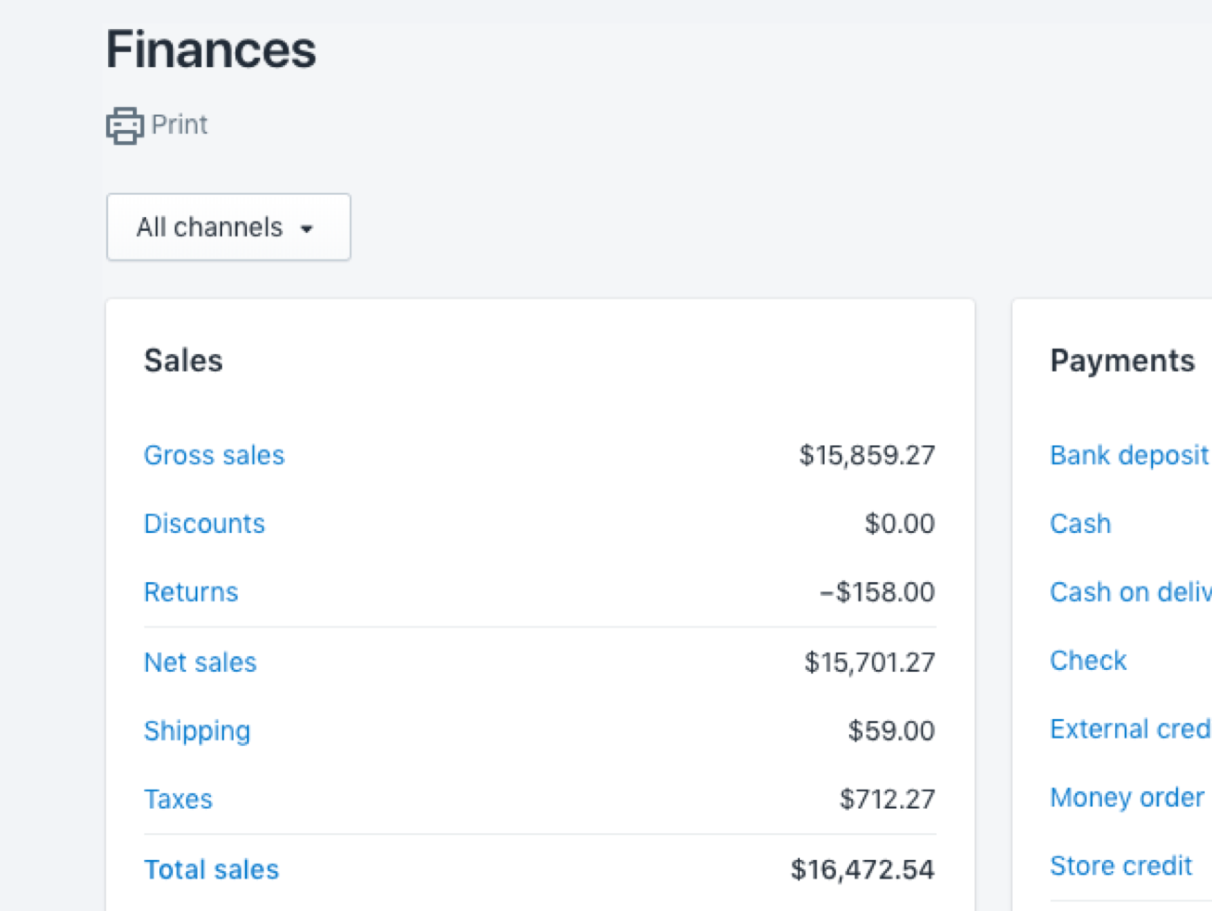
Two improvements to boost the quality of accounting apps are included in the new edition.
First, as a part of the Admin GraphQL API, TransactionFee is a new object that is accessible. This new object provides much more comprehensive information about fees received as part of payouts from Shopify Payments. This also includes a flat-rate fee, a percentage fee, and a breakdown of the tax paid on those payments.
Second, using the totalTipReceivedSet field on the order object, the GraphQL Admin API now provides tips received as part of an order. This high quality would help accounting apps report on fees and suggestions on any given order transaction even more accurately.
Bottom Line
Some changes to the Shopify API License and Terms of Use and their Partner Program Agreement have been made. This is to protect their platform’s reputation and explain how the Shopify platform’s apps should be designed and distributed. Shopify invites all developers to review and become acquainted with the API License and Terms and the Partner Program Agreement on its website. So that you know how to create, run, and expand your app and development company on Shopify’s platform.
Shopify highly recommends that you upgrade your apps to a stable version of the API. Hence, updating your apps to the latest update would allow you to spend less time setting your apps to be version conscious.

